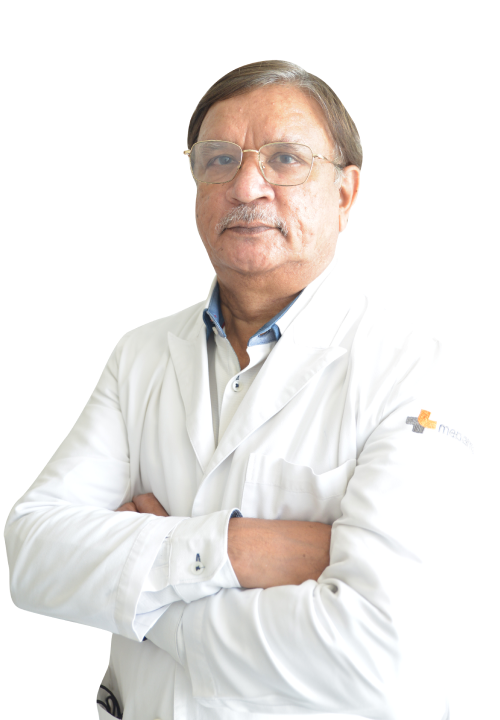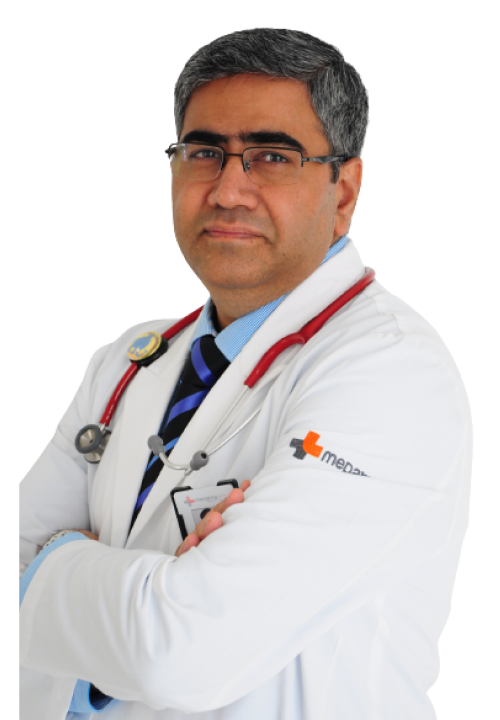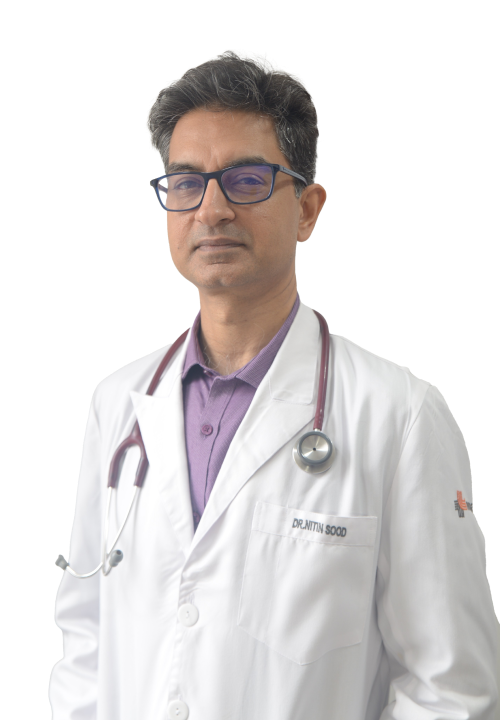Cancer Care
WHAT WE TREAT
Originates in the bone marrow, but most of the time it also goes quickly into the circulatory system. It can occasionally spread to the lymph nodes, liver, spleen, testicles, central nervous system, and other organs of the body.
The most prevalent malignancy in children is acute lymphoblastic leukaemia. Errors in a bone marrow cell's DNA cause it to happen. Besides swollen lymph nodes, other symptoms may include repeated infections, bleeding gums, fever, bruises, and bone pain.
Multiple myeloma develops in a type of white blood cell known as a plasma cell. Cancerous plasma cells build up in the bone marrow and crowd out healthy cells in multiple myeloma.
A cancer of the lymphatic system, which is a component of the body's defence against infection, is lymphoma. The spleen, thymus gland, lymph nodes (lymph glands), and bone marrow are all components of the lymphatic system. All of those locations, as well as other organs throughout the body, can be impacted by lymphoma.
A rare illness in which the body stops producing enough new hematopoietic cells. Aplastic anaemia arises as a result of harmed bone marrow. Damage may already exist at birth or may appear after being exposed to radiation, chemotherapy, risky substances, specific drugs, or an illness.
A set of disorders brought on when something interferes with the creation of new hematopoietic cells. Unknown causes exist for some categories. Others are brought on by chemical exposure or cancer therapies. Breathlessness, exhaustion, paleness, and easy bruising are among possible symptoms.
A category of disorders known as myeloproliferative neoplasms cause an excessive production of red blood cells, white blood cells, or platelets in the bone marrow. Hematopoietic stem cells, which are immature cells, are typically produced by the bone marrow and develop into mature cells over time.
A condition related to the circulatory system of the body where an oxygen-carrying protein is present in lower than usual concentrations. This genetic illness called thalassemia is characterised by abnormally low levels of the oxygen-carrying protein hemoglobin and red blood cells.
Red blood cells twist into a sickle shape as a result of the inherited set of illnesses known as sickle cell disease. Sickle cell anaemia results from the early death of the cells, which can also impede blood flow and cause pain.
Genetic anomalies that stop the body from producing regular immune responses are the root cause of PIDDs. Genetic mutations most frequently run in families. PIDDs can result from a variety of hereditary mutation types.
WHY CHOOSE MEDANTA FOR BONE MARROW TRANSPLANT ?
At Medanta, bone marrow or stem cell transplantation is a comprehensive procedure that aims to deliver high-quality care to patients suffering from the most complicated diseases and various cancers. With years of experience, the doctors at Medanta provide the right treatments backed by highly advanced treatment methodologies.
Consult Our Specialists
OUR CUTTING-EDGE TECHNOLOGY
We are equipped with the most advanced technology to diagnose cancer and provide the best treatment modality to the patients.
World’s only integrated ‘image guided intensity modulated’ delivery system, tomotherapy permits helical radiation delivery that can treat tumors like medulloblastoma, acute lymphatic leukemia, etc., in a very short time. Tomotherapy helps in reducing radiation exposure to healthy tissues and organs.
An ultra-advanced technology in brachytherapy, Integrated Brachytherapy Unit is a concept that integrates all the techniques of brachytherapy treatment. IBU with remote-controlled HDR is used to treat various types of cancers including prostate, breast, lung, nasopharynx and cervical cancer.
Medanta: Voted as the best private hospital in India for five consecutive years from 2020 to 2024 (Newsweek)

Medanta: Voted as the best private hospital in India for five consecutive years from 2020 to 2024 (Newsweek)
- Equipped with state of the art advanced technology
- 200+ doctors led by highly experienced department heads
- World-class infrastructure spanning around 12.58 acres
- 1,000+ beds including 350 Critical Care Beds & facilities for over 30+ super-specialties, all under one roof.









